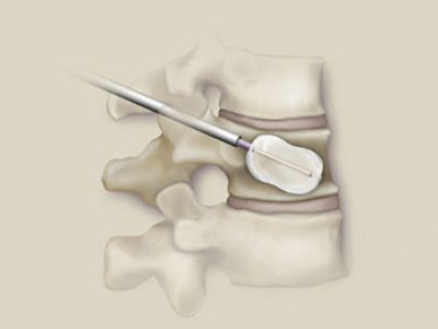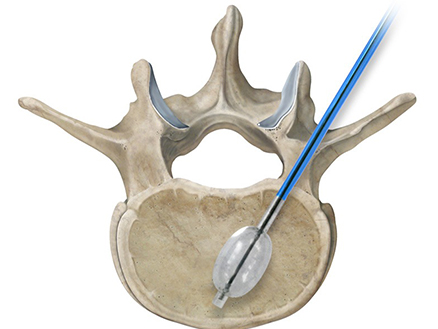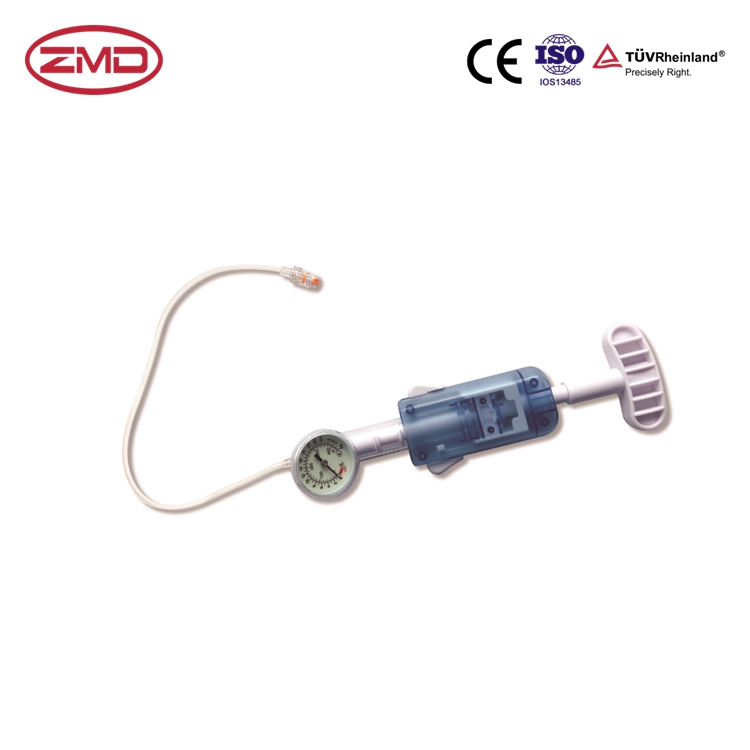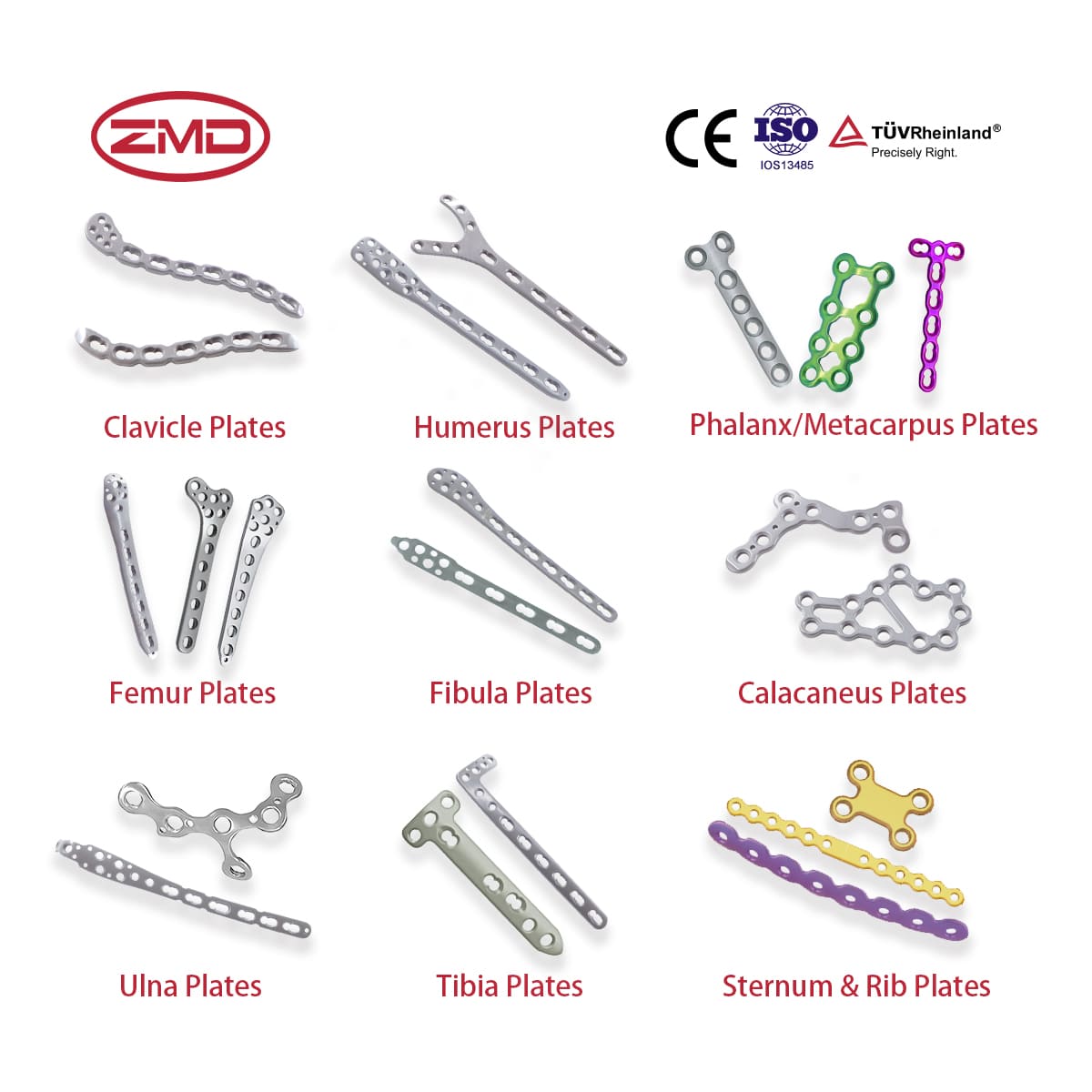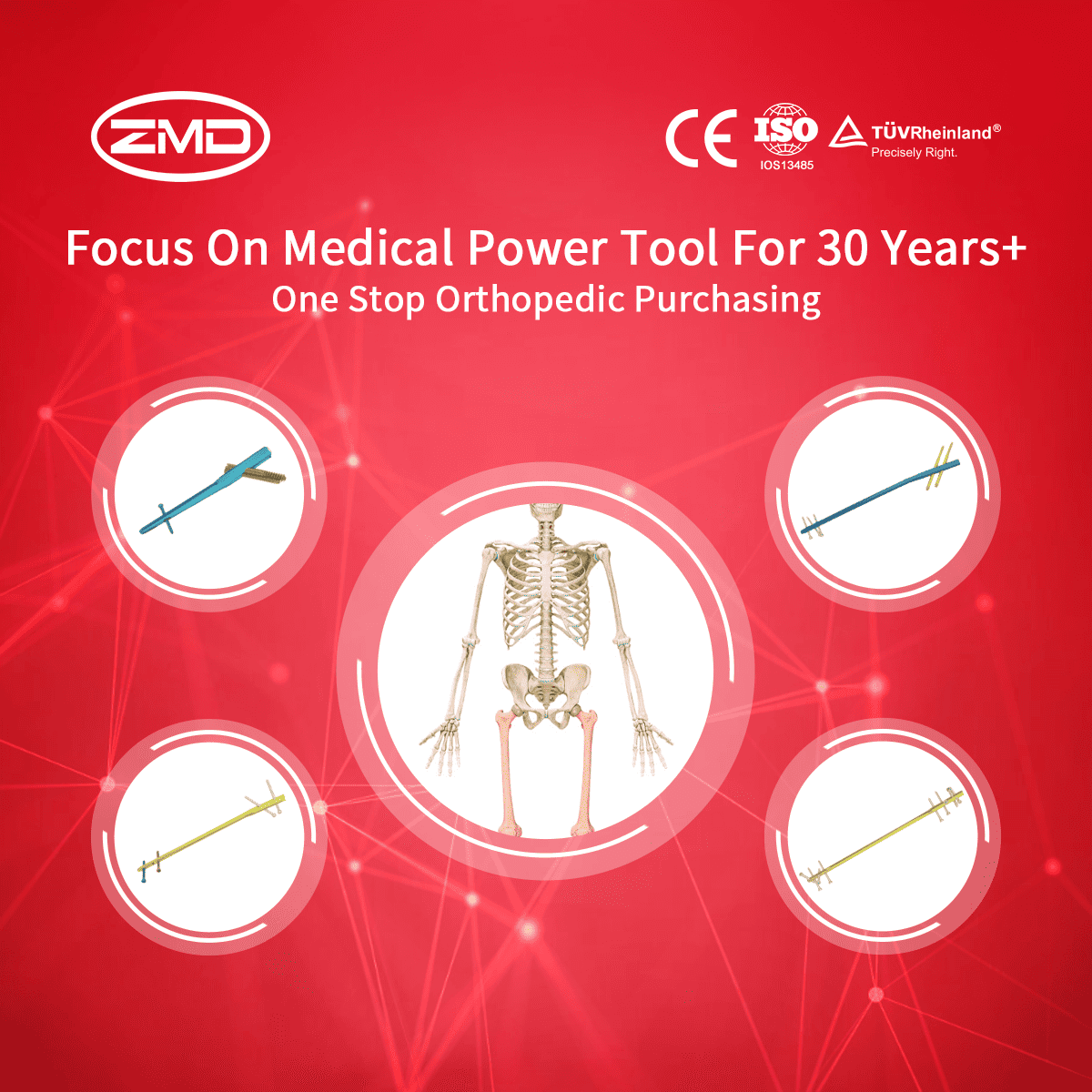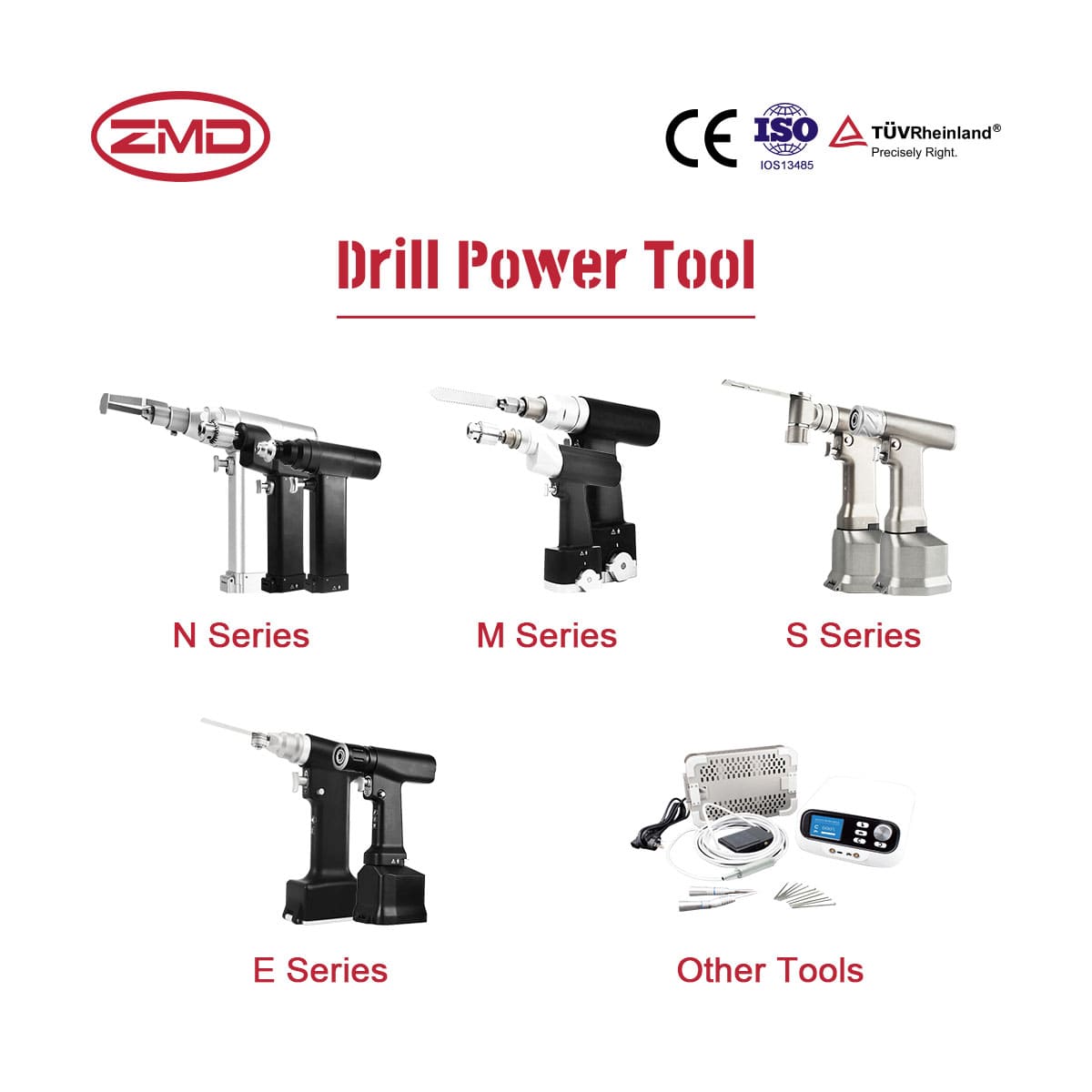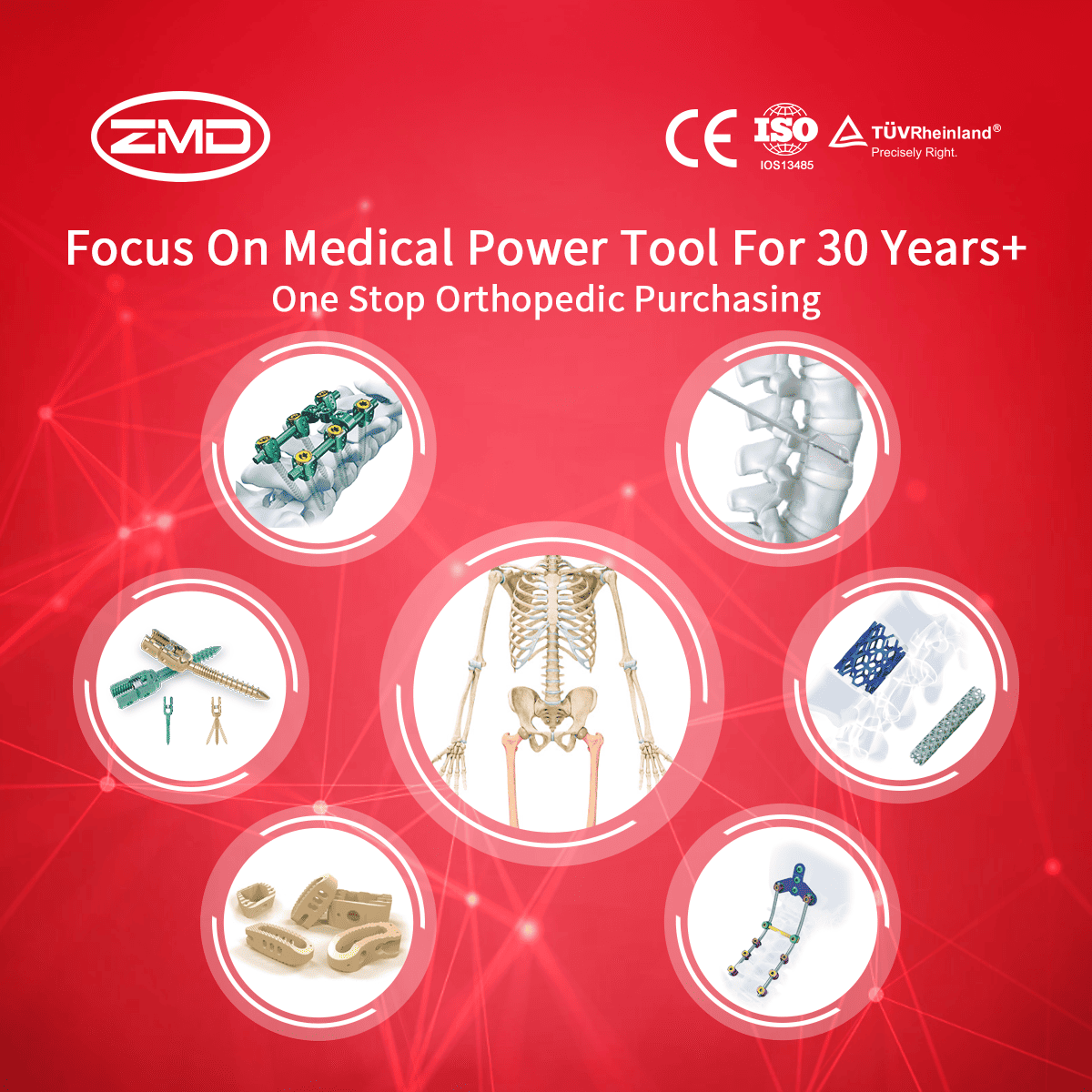Bone Filling Systems demonstrate remarkable flexibility in their application across a wide range of medical procedures.
In the case of fractures, when bones break, it often results in voids or gaps within the bone structure. These voids can impede the natural healing process. Bone Filling Systems come to the rescue by allowing surgeons to fill these spaces with appropriate materials. For example, in a comminuted fracture where the bone is shattered into multiple pieces, filling the gaps with synthetic bone grafts or bone cement can help hold the fragments in place and provide a scaffold for new bone growth. This promotes the reunion of the broken bone parts and accelerates the overall healing process.
When it comes to supporting implants such as prosthetic joints, these systems play a crucial role as well. During joint replacement surgeries, ensuring proper fixation and integration of the prosthetic with the surrounding bone is vital. Bone Filling Systems can be used to fill any small gaps or irregularities around the implant site. By doing so, they enhance the stability of the implant within the bone, reducing the risk of loosening over time. This is especially important as a stable implant leads to better long-term functionality and patient comfort.
In cases of osteoporosis, where bones become weak and porous due to a loss of bone density, Bone Filling Systems can be employed to stimulate bone growth. For instance, injecting bioactive materials into areas of weakened bone can encourage the body’s own bone-forming cells to become more active. These materials act as a stimulus for new bone formation, helping to reinforce the bone structure and potentially prevent further fractures or deterioration.
Traditional open surgeries for bone-related issues often involve large incisions, significant tissue dissection, and a lengthy recovery period. In contrast, Bone Filling Systems offer a less invasive alternative. For example, in a minimally invasive procedure to fill a small bone void, only a small puncture or a few tiny incisions may be needed to access the target area. This causes less trauma to the surrounding soft tissues compared to open surgery. As a result, patients experience reduced discomfort during the procedure and in the postoperative period. Faster recovery times are another benefit. Since the body has less tissue damage to heal, patients can typically get back to their normal daily activities more quickly. Additionally, the smaller incisions leave smaller scars, which can be of aesthetic importance to many patients.
The precise control provided by Bone Filling Systems over material delivery is a significant advantage. When filling a bone defect, it’s crucial that the filling material is distributed evenly and fills the target area completely. With these systems, surgeons can carefully regulate the amount and flow of the material being injected or placed. For example, in a spinal fusion procedure where bone grafts are used to fuse vertebrae, the ability to precisely deposit the graft material into the intervertebral space ensures that the vertebrae are properly supported and that new bone growth occurs exactly where it’s needed. This level of accuracy maximizes the effectiveness of the treatment, increasing the chances of successful bone healing and achieving the desired clinical outcomes.
Bone Filling Systems have a direct positive impact on patient outcomes. By promoting faster bone healing, they reduce the time patients have to endure pain and limited mobility associated with bone injuries or conditions. For instance, in a patient with a bone defect from a tumor resection, the use of the system to fill the void with a suitable bone graft can accelerate the formation of new bone, enabling the patient to regain strength and functionality in the affected limb sooner. Improved joint stability is another key outcome. When used to support prosthetic joints or in procedures to repair damaged joints, these systems help maintain the proper alignment and fixation of the joint components. This leads to better weight-bearing capabilities and a smoother range of motion. Ultimately, patients can return to their normal function more quickly, whether it’s activities of daily living like walking, climbing stairs, or more strenuous physical activities, depending on their overall health and the specific procedure performed.
